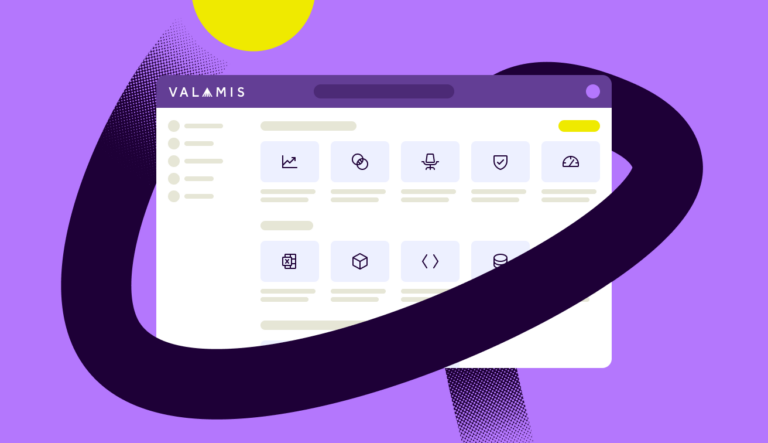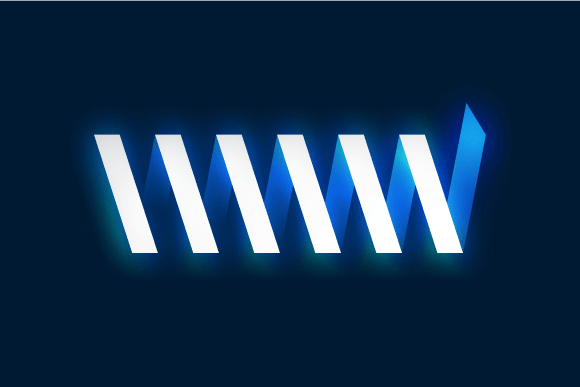9 Steps for onboarding blue-collar manufacturing employees with an LMS
Onboarding blue-collar employees in manufacturing should include more than paperwork and introductions. It’s the first step in setting them up for success from day one and ensuring they feel prepared, supported, and confident in their new role.

Disregarding the importance of safety standards doesn’t just put employees at risk; it also hits businesses where it hurts – with massive fines and legal trouble. With 5,283 fatal work injuries reported in 2023, the importance of OSHA compliance training is evident. Just look at manufacturing: between October 2019 and September 2020, there were over 10,000 OSHA violations, racking up nearly $38 million in penalties. The message is clear: cutting corners on safety isn’t worth the risk.
A structured onboarding process improves retention, reduces incidents whilst at work, and increases job satisfaction. A modern Learning Management System (LMS) streamlines this process, making new hire training for manufacturing more efficient, engaging, and accessible, even for workers with limited tech experience.
Let’s break down nine essential steps for seamless and effective manufacturing employee onboarding. This blog covers:
- 1. Start before day one
- 2. Prioritize safety training
- 3. Assign a mentor or buddy
- 4. Focus on compliance training
- 5. Personalize for job roles
- 6. Make training hands-on & mobile-friendly
- 7. Keep communication clear & multilingual
- 8. Set clear job expectations
- 9. Gather feedback & track progress
- Final thoughts
Start before day one
Kick off onboarding before new hires step into the facility. Use an LMS to send welcome messages, share a preboarding learning path, and provide access to essential safety and compliance materials. This ensures new hires feel prepared and valued.
- Why it matters: Preboarding helps new employees complete safety training for manufacturing and learn company values before their first shift – saving valuable time for hands-on training.
Pro Tip: Provide a short LMS tutorial so new hires can easily navigate the system.
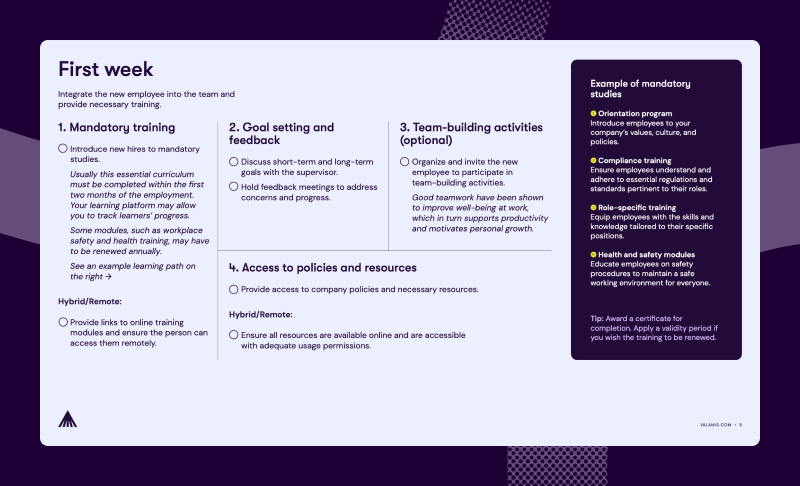
Prioritize safety training
Manufacturing jobs come with safety risks, so safety training should be top priority. The National Safety Council reports that in 2021, the manufacturing industry had one of the highest rates of preventable workplace fatalities across all sectors.
An LMS can deliver interactive modules, gamified challenges, and VR simulations to make training engaging whilst delivering compliance training.
- Combine digital learning with on-site demonstrations to reinforce workplace safety.
- Organize walk-in LMS sessions so employees can learn hands-on how to use the system.
- Why it matters: A strong safety training program reduces accidents, improves OSHA compliance, and protects your workforce.
Assign a mentor or buddy
Pair new hires with experienced employees for hands-on learning. Use an LMS to facilitate digital mentorship, track progress, and provide a shared space for communication.
Check our articles on mentoring and job shadowing for more detailed information.
- Why it matters: A mix of human mentorship and digital training ensures new hires always have support, both online and on the factory floor.
Pro Tip: Create an LMS FAQ section to answer common onboarding questions efficiently.
Focus on compliance training
Manufacturing is highly regulated, making compliance training essential. An LMS allows you to:
- Deliver bite-sized compliance courses
- Track training completion automatically
- Set up reminders for recurring certifications
- Why it matters: Keeping compliance training up-to-date protects your company from penalties and ensures employees understand safety protocols.
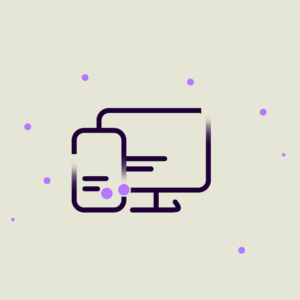
Compliance training checklist
Streamline your compliance training and keep your team on track with our editable PDF checklist.
Download the checklistPersonalize training for job roles
Every new hire is different, and a modern LMS allows you to create personalized learning paths based on job roles and experience levels. For instance, a machine operator can receive in-depth training on equipment, while warehouse workers focus on logistics modules. A modern LMS allows customized learning paths based on roles:
- Machine operators get in-depth equipment training.
- Warehouse workers focus on logistics modules.
- Why it matters: Personalized learning prevents information overload and keeps training relevant.
Pro Tip: Use quizzes and assessments to identify skill gaps and tailor training accordingly.
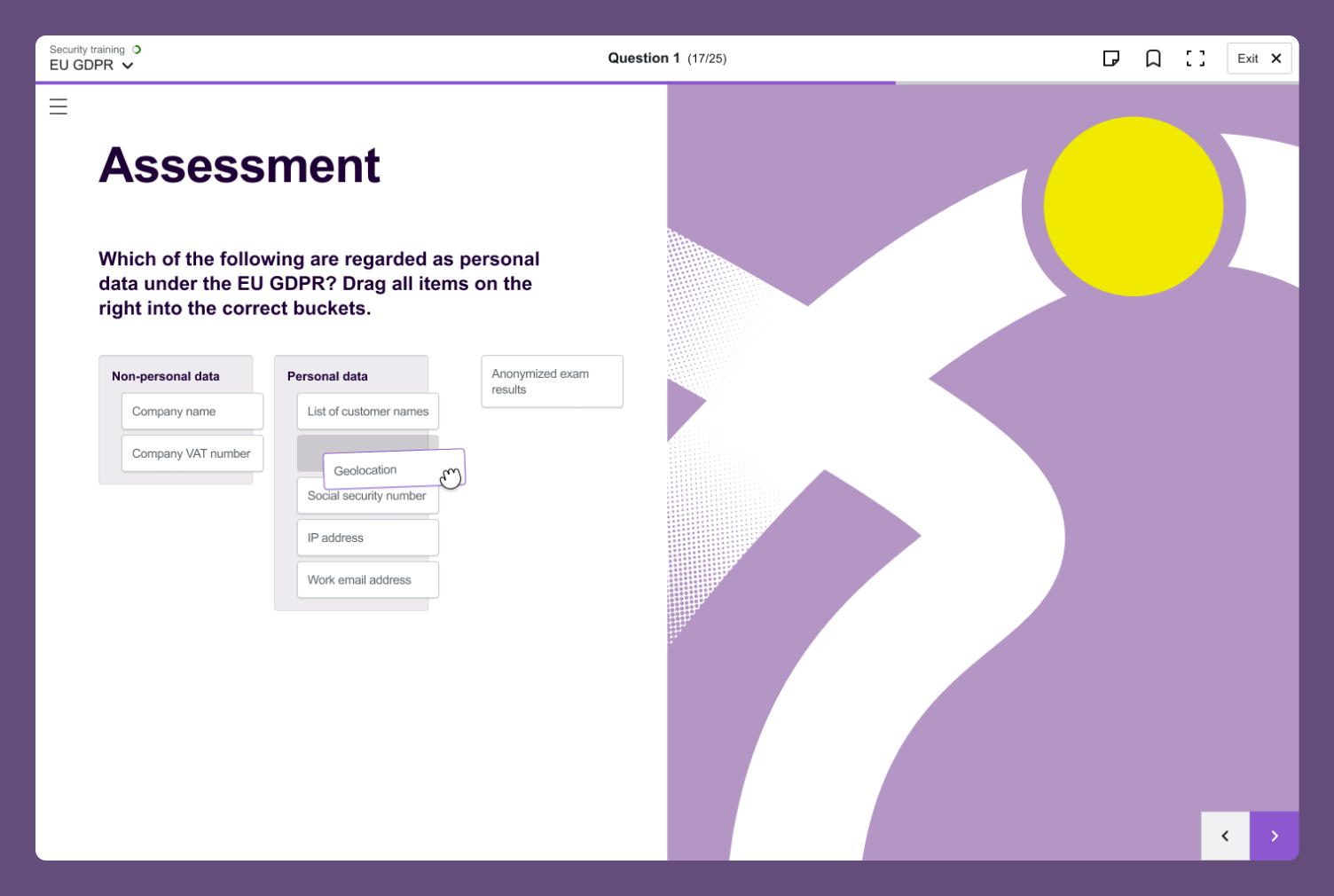
Make training hands-on & mobile-friendly
Hands-on training in manufacturing is a practical learning approach where trainees develop their skills and knowledge through real-world scenarios. This method focuses on active participation so learners can work directly with tools and equipment to ensure they can operate them safely and correctly post-onboarding. Use an LMS to supplement hands-on training with:
- Step-by-step video guides
- Interactive eLearning courses and content (ask your LMS vendor for content libraries which can support this)
- Mobile-friendly content for on-the-go access
- Why it matters: Workers can revisit training materials anytime – even on-site via LMS mobile apps.
Keep communication clear & multilingual
Clear communication is a cornerstone of effective onboarding. Use your LMS to provide clear, visually engaging content with:
- Simple, direct language
- Voiceovers & subtitles for multilingual teams
- Easy-to-navigate menus
- Why it matters: Clear communication reduces confusion and increases engagement.
Pro Tip: Assign content by language to ensure workers receive training in their preferred language.
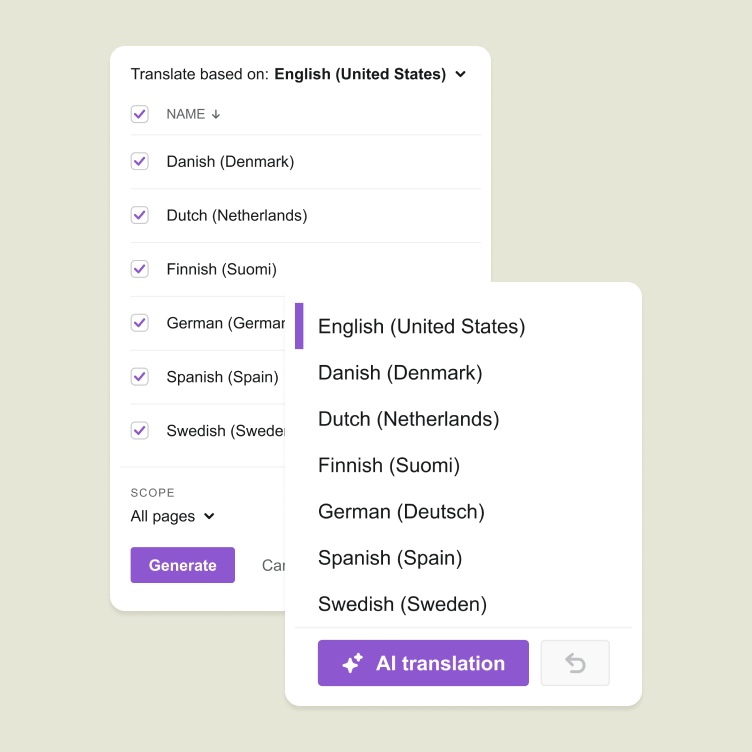
Set clear job expectations
Help new hires understand their roles, goals, and company values through structured LMS modules.
- Include real-life case studies of successful employees.
- Allow new hires to assess their own skill levels for targeted future learning.
- Why it matters: Setting expectations improves job performance and reduces turnover.
Gather feedback & track progress
An LMS provides data-driven insights to refine your onboarding process and keep it evolving as your organization changes and grows. Monitor areas for improvement with:
- Surveys & feedback forms
- Engagement metrics & quiz scores
- Adjustable dashboards for instant reporting
- Why it matters: Employees who feel heard and supported are more engaged and less likely to leave.
Final thoughts
Onboarding blue-collar workers in manufacturing it’s important to consider preparation, communication, and personalization. A modern LMS makes training scalable, engaging, and effective – whether employees work on the factory floor, in logistics, or in machine operation.
By following these nine steps, you can create a seamless onboarding experience that improves retention, enhances safety, and increases productivity.
Want to optimize your manufacturing onboarding? Check out our Onboarding-Checklist to get started!

